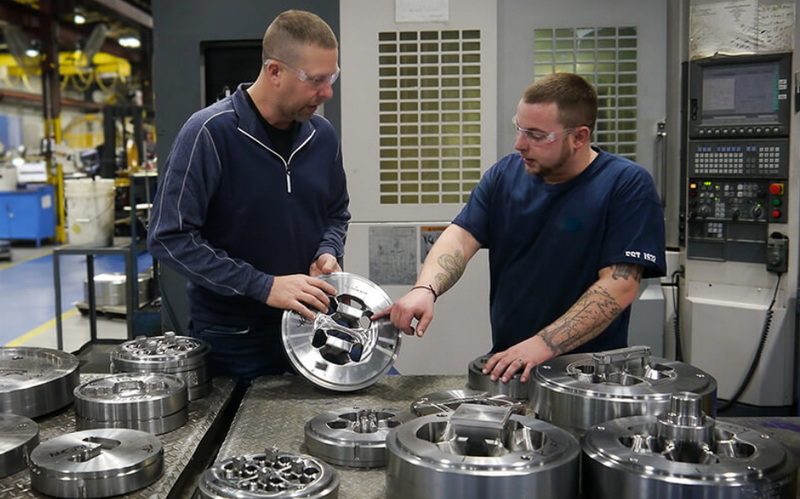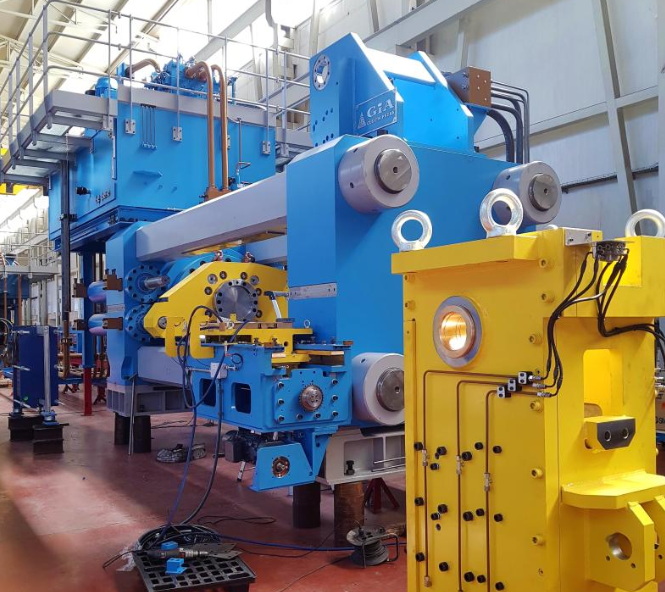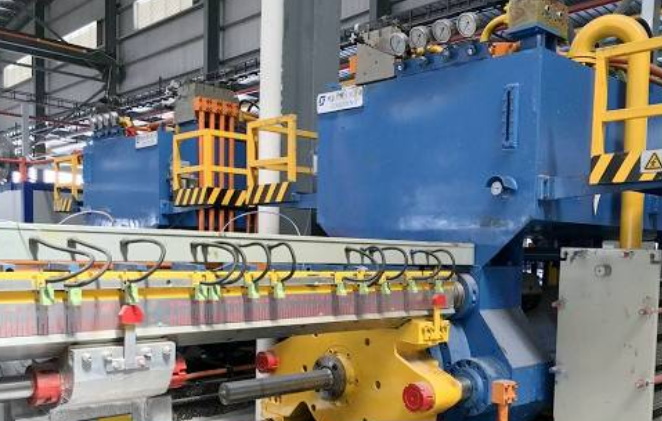Content Menu
● Understanding Aluminum Extrusion
● Identifying Key Safety Hazards
● Essential Safety Measures
>> Personal Protective Equipment (PPE)
>> Machine Guarding
>> Lockout/Tagout Procedures
>> Comprehensive Training Programs
● Regular Maintenance and Inspections
● Advanced Safety Technologies
● Emergency Response Planning
● Conclusion
● FAQ
>> 1. What are the most common injuries in aluminum extrusion press operations?
>> 2. How often should safety training be conducted for extrusion press operators?
>> 3. What are key components of an effective lockout/tagout program?
>> 4. How can ergonomic risks be minimized in aluminum extrusion press operations?
>> 5. What should be included in an emergency response plan for an aluminum extrusion facility?
● Citations:
Aluminum extrusion is a critical manufacturing process used in various industries, including construction, automotive, and aerospace. However, the operation of aluminum extrusion press machines can pose significant hazards that may lead to fatal accidents. This article explores comprehensive strategies to prevent such accidents, ensuring the safety of workers involved in this demanding field.

Understanding Aluminum Extrusion
Aluminum extrusion involves shaping aluminum by heating it and forcing it through a die using a hydraulic ram. The process can be likened to squeezing toothpaste from a tube, where the aluminum takes the shape of the die opening. Given the high pressures involved—ranging from 100 tons to 15,000 tons—safety precautions are paramount.
Key Steps in the Aluminum Extrusion Process:
1. Preheating: The aluminum billet is heated to approximately 750°F to 925°F.
2. Loading: The heated billet is placed into the extrusion press container.
3. Extrusion: A hydraulic ram applies pressure to push the aluminum through the die.
4. Cooling: The extruded profile is cooled using air or water sprays.
5. Cutting: Once cooled, the profiles are cut to desired lengths.
Identifying Key Safety Hazards
The operation of aluminum extrusion presses presents several potential hazards:
- High Temperatures: Risks of burns from hot materials.
- Heavy Machinery: Crush injuries from moving parts.
- Hydraulic Risks: Failures in hydraulic systems can lead to sudden releases of pressure.
- Chemical Exposure: Inhalation of fumes from lubricants and other chemicals.
- Ergonomic Challenges: Strains from repetitive motions or improper lifting techniques.
- Noise Pollution: Prolonged exposure can lead to hearing loss.
- Fire Hazards: Aluminum can combust under certain conditions.
Essential Safety Measures
To mitigate these risks, organizations must implement robust safety measures:
Personal Protective Equipment (PPE)
Workers should wear appropriate PPE, including:
- Safety glasses or goggles
- Cut-resistant gloves
- Heat-resistant clothing
- Steel-toed boots
- Hearing protection
Machine Guarding
Proper guarding of all moving parts is essential. This includes:
- Safety interlocks on access doors
- Emergency stop buttons easily accessible
- Guards around pinch points and moving components
Lockout/Tagout Procedures
Implement strict lockout/tagout (LOTO) procedures during maintenance:
1. Shut down all energy sources.
2. Lock out energy-isolating devices.
3. Tag lockout devices with appropriate warnings.
4. Verify energy isolation before work begins.
Comprehensive Training Programs
Training should cover:
- Safe operating procedures for the extrusion press
- Emergency response protocols
- Proper handling and storage of materials
- Recognition of potential hazards

Regular Maintenance and Inspections
Routine maintenance checks are crucial for identifying potential issues before they escalate into accidents. This includes:
- Inspecting hydraulic systems for leaks
- Checking for visible damage or wear on the press
- Ensuring all guards are functional
Advanced Safety Technologies
Incorporating technology can enhance safety measures:
- Real-Time Monitoring Systems: Monitor machine performance and detect anomalies.
- Ventilation Systems: Ensure adequate airflow to dissipate heat and fumes.
Emergency Response Planning
A well-defined emergency response plan should include:
- Procedures for dealing with injuries or accidents.
- Contact information for emergency services.
- Designated assembly points for evacuations.
Conclusion
Ensuring safety in aluminum extrusion press operations requires a multifaceted approach that combines proper equipment, thorough training, and a strong safety culture. By implementing these strategies and maintaining vigilance, organizations can significantly reduce the risk of fatal accidents associated with aluminum extrusion presses.

FAQ
1. What are the most common injuries in aluminum extrusion press operations?
Common injuries include burns from hot materials, cuts from sharp edges or tools, crush injuries from moving machinery parts, musculoskeletal disorders from repetitive motions, and hearing damage from high noise levels.
2. How often should safety training be conducted for extrusion press operators?
Safety training should be conducted initially during new employee orientation, annually as a refresher course, whenever new equipment or processes are introduced, after significant incidents, and as part of ongoing toolbox talks.
3. What are key components of an effective lockout/tagout program?
Key components include written procedures for each piece of equipment, training for affected employees, proper lockout devices and tags, verification of energy isolation, procedures for group lockouts, and regular audits.
4. How can ergonomic risks be minimized in aluminum extrusion press operations?
Ergonomic risks can be minimized by designing workstations to accommodate different body sizes, providing adjustable tools, implementing job rotation, offering ergonomics training, encouraging regular breaks, and using mechanical aids for lifting.
5. What should be included in an emergency response plan for an aluminum extrusion facility?
An emergency response plan should include procedures for handling injuries or accidents, contact information for emergency services, designated assembly points for evacuations, and regular drills to ensure employee preparedness.
Citations:
[1] https://www.yjing-extrusion.com/how-to-ensure-employee-safety-in-aluminum-extrusion-press-operations.html
[2] https://www.youtube.com/watch?v=25JN2pgNm2I
[3] https://geminigroup.net/understanding-aluminum-extrusion-dies/
[4] https://www.yjing-extrusion.com/what-are-the-key-safety-measures-for-alco-aluminum-extrusion-press.html
[5] https://www.youtube.com/watch?v=j38cl3X3i2Y
[6] https://www.hydro.com/profiles/aluminum-extrusion-process
[7] https://www.outashi.com/blog/safety-precautions-in-operating-aluminum-extrusion-machine-id35.html
[8] https://www.youtube.com/watch?v=--Lmni5la4Y






















